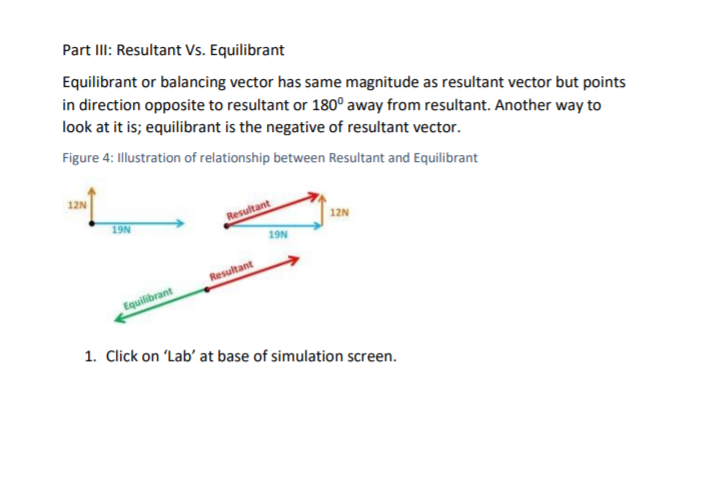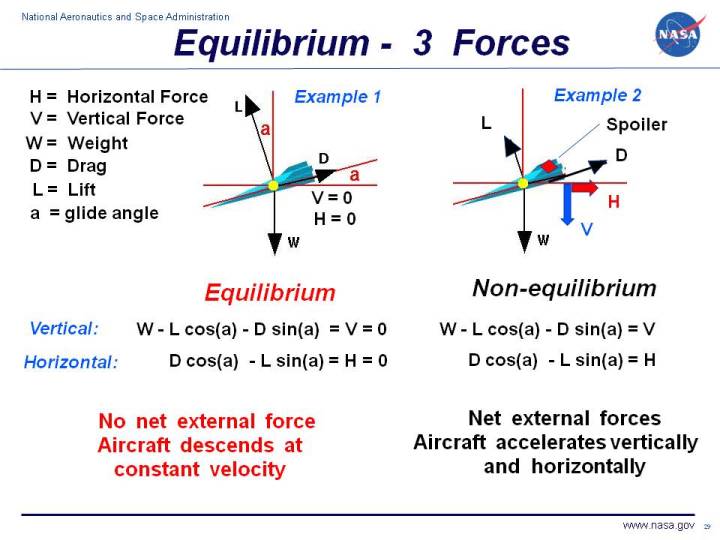Resultant And Equilibrant Vector Difference
However the resultant vector vector would be the straight line path from your home to your friends house and the black vector represents that path. Difference between resultant and equilibrant in.
The difference between a resultant and equilibrant vector is that resultant vector is a direct quantity one with both magnitude and direction while the equilibrant.

Resultant and equilibrant vector difference. Which indicate the displacement these vector by a single vector. Whats the difference between resultant and Equilibrant vector The difference between a resultant and equilibrant vector is that resultant vector is a direct quantity one. Head to Tail Method.
Force 1 50 newtons 35deg force 2 200 newtons 120 deg force 3 19 newtons 200 deg if you calculate the resultant of each individual force and add. Compute the x and y. Equilibrant Equilibrant or balancing vector has same magnitude as resultant vector but points in direction opposite to resultant or 1800 away from resultant.
The tail of the. The steps are quite straight forward. 11define resultant of coplanar concurrent force system.
What is the difference between a resultant equilibrant vector what do they from PHYS 2125 at Houston Community College. 0 degrees at north 90 east 180 south 270 west. The difference between a resultant and equilibrant vector is that resultant vector is a direct quantity one with both magnitude and direction while the equilibrant vector is a force equal to but opposite of the resultant sum of vector forces that force which balances other forces thus bringing an object to.
How do you find the resultant and Equilibrant. If F1 2500N East F2 1750N South F3750N West Scale for. Equilibrant is the negative of resultant vector.
Calculate The Resultant And Equilibrant Vector And Its Direction And Its Direction Of A Man Who Walks 250 Meters East 750 North And 100 Meters 35 Northwest. 10cm 50 MetersDrawing SpaceResultant. The head to tail method considers the head of a vector to be the end with the arrow or the pointy end.
That single vector is resultant vector. Force which can produce the same effect on the body as it is produced by all the forces acting together. The resultant vector is the combination vector of number of different vector in space.
What Is The Perfect Difference Of The Resultant VectorFind The FollowingGivenRequired Equation SolutionDrawing SpaceSolution. Calculating resultant and equilibrant vectors About Press Copyright Contact us Creators Advertise Developers Terms Privacy Policy Safety How YouTube works Test new features 2021 Google LLC. Click on Lab at base of simulation screen.
The resultant force is kind of like the total of all vectors and the equilibrant is 180 degrees around and is the force that would balance the resultant a perfect example is a force table. An equilibrant of number of forces acting on a body is a single force which cancels the effect of resultant of a system of forces or which brings the system. Resultant force is that single force which acting alone will have the same effect in magnitude and direction as two or.
Solution for Calculate the magnitude and direction of the resultant and equilibrant vector. The equilibrant vector brings the sum of all vectors to zero. The difference between a resultant and equilibrant vector is that resultant vector is a direct quantity one with both magnitude and direction while the equilibrant vector is a force equal to but opposite of the resultant sum of vector forces that force which balances other forces.
R A B C The equilibrant vector is the vector that make the system in. A resultant of number of forces acting on a body is a single. Resultant is a single force that can replace the effect of a number of forcesEquilibrant is a force that is exactly opposite to a resultantEquilibrant and resultant have equal magnitudes but opposite directions.
Illustration of relationship between Resultant and Equilibrant 1. It balances with all the vectors and its magnitude is equal to the resultant vector but just opposite in direction. The difference between a resultant and equilibrant vector is that resultant vector is a direct quantity one with both magnitude and direction while the equilibrant vector is a force equal to but opposite of the resultant sum of vector forces that force which balances other forces thus bringing an.
Find an answer to your question What is the difference between the equilibrium vector and the resultant vector. Equilibrant vector is the opposite of resultant vector they act in opposite directions to balance each other. The head to tail method is way to find the resultant vector.
If your question is not fully disclosed then try using the search on the site. Another way to look at it is.

Aim How Do We Add Force Vectors What Is An Equilibrant Vector Do Now Sam And Joey Are Fighting Over A Toy Sam Pulls With A Force Of 30n To The Left

Aim How Do We Add Force Vectors What Is An Equilibrant Vector Do Now Sam And Joey Are Fighting Over A Toy Sam Pulls With A Force Of 30n To The Left

Part Iii Resultant Vs Equilibrant Equilibrant Or Chegg Com
What Is The Difference Between Resultant And Equilibrum Quora

Transverse And Azimuth Angles Cosine Direction Angles Statics Tutorial Tutorial Directions Engineering

Moment Vs Couple I Coplaner Non Concurent Forces I Mechanics Of Solids I Lect 29 Youtube In This Moment Engineering Mechanic

Heating Curves Quizzes And Answers Biology Worksheet Chemistry

Vectors There Are Two Kinds Of Quantities L
What Are Resultant And Equilibrant Forces Quora

Difference Between K And Q Physical Chemistry Biochemistry Chemistry
Http Www Tecumseh K12 Oh Us Downloads Physics 6 3 Pdf

Finding And Drawing An Equilibrant Showmethephysics Com Youtube

Equilibrium Of Forces Classhall Com

What Are Resultant And Equilibrant Forces Quora
Http Www Tecumseh K12 Oh Us Downloads Physics 6 3 Pdf

Hewitt Drew It Physics 4 Nellie S Rope Tensions Physics Conceptual Physics Tension

Posting Komentar untuk "Resultant And Equilibrant Vector Difference"